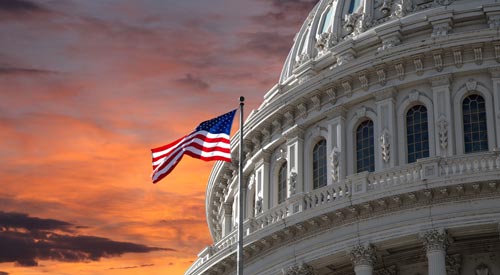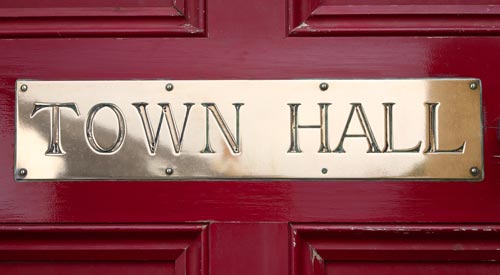College Savings Accounts Are Popular But Missing Their Marks
Governing: In the spring of 2014, Ed FitzGerald visited a Cleveland elementary school to announce a new and highly ambitious education program: free college savings accounts with cash subsidies for every kindergartner in Cuyahoga County, Ohio. At the time, FitzGerald was the county executive and the Democratic nominee for governor. A similar savings account program had been introduced a few years earlier in San Francisco, but that was an experiment limited to public schools. FitzGerald’s initiative included children in private and parochial schools as well. With 10,500 accounts in its first year, it promised to be the largest effort of its kind in the country.
At a press conference, FitzGerald cited the increasing cost of higher education and low college attendance rates as reasons for the new program. Past efforts by the state and federal governments to encourage saving for college, through so-called 529 investment vehicles, had largely failed. Research from the Board of Governors of the Federal Reserve System found that in 2013, these 529s achieved a meager 2.5 percent participation rate among eligible families. For households in the bottom half of the income distribution, participation was below 1 percent.
Tags
Share
Top Stories
- CISA releases guide to help safeguard K-12 schools from cyber threats
- University of Ottawa’s Martin Bernier on continuous learning
- What Is ChatGPT and How Is It Used in Education?
- K12 Schools View Technology as a Guardrail for Good Digital Citizenship
- 5 ways our district streamlines edtech ecosystems
- 14 Technology Predictions for Higher Education in 2023 -- Campus Technology
- Dozens of US schools, universities move to ban TikTok
- How Can Schools Reduce the Risk of Cyberattacks?
- Districts Transform School Spaces into Labs, Arenas and Studios
- What's In, What's Out for Education Technology
- Texas Proposes Sharing Information Security Expertise Across Higher Ed and State Agencies -- Campus Technology
- Commerce Announces Over $18M in Digital Education Funding
- Rethinking your K-12 cloud strategy
- All That Ed Tech Schools Bought During the Pandemic Won’t Improve Equity. Here's Why
- How to Communicate Student Data Privacy Protections to Families More Effectively
- Ban the Cellphone Ban
i360Gov Newsletters
The most significant government policy, business, and technology news and analysis delivered to your inbox.
Subscribe NowTrending
- Mentoring tomorrow’s Black IT leaders
- 5 tips to build community-wide support for IT transformation
- Technology Is the Tool, Not the Teacher (Opinion)
- Every Student Needs 21st-Century Data-Literacy Skills
- 5 Big Technology Challenges Teachers and Administrators Will Face This School Year
- Districts Transform School Spaces into Labs, Arenas and Studios
- How Can Schools Reduce the Risk of Cyberattacks?
- What Are the Benefits of Digital Identity in the Metaverse?


















